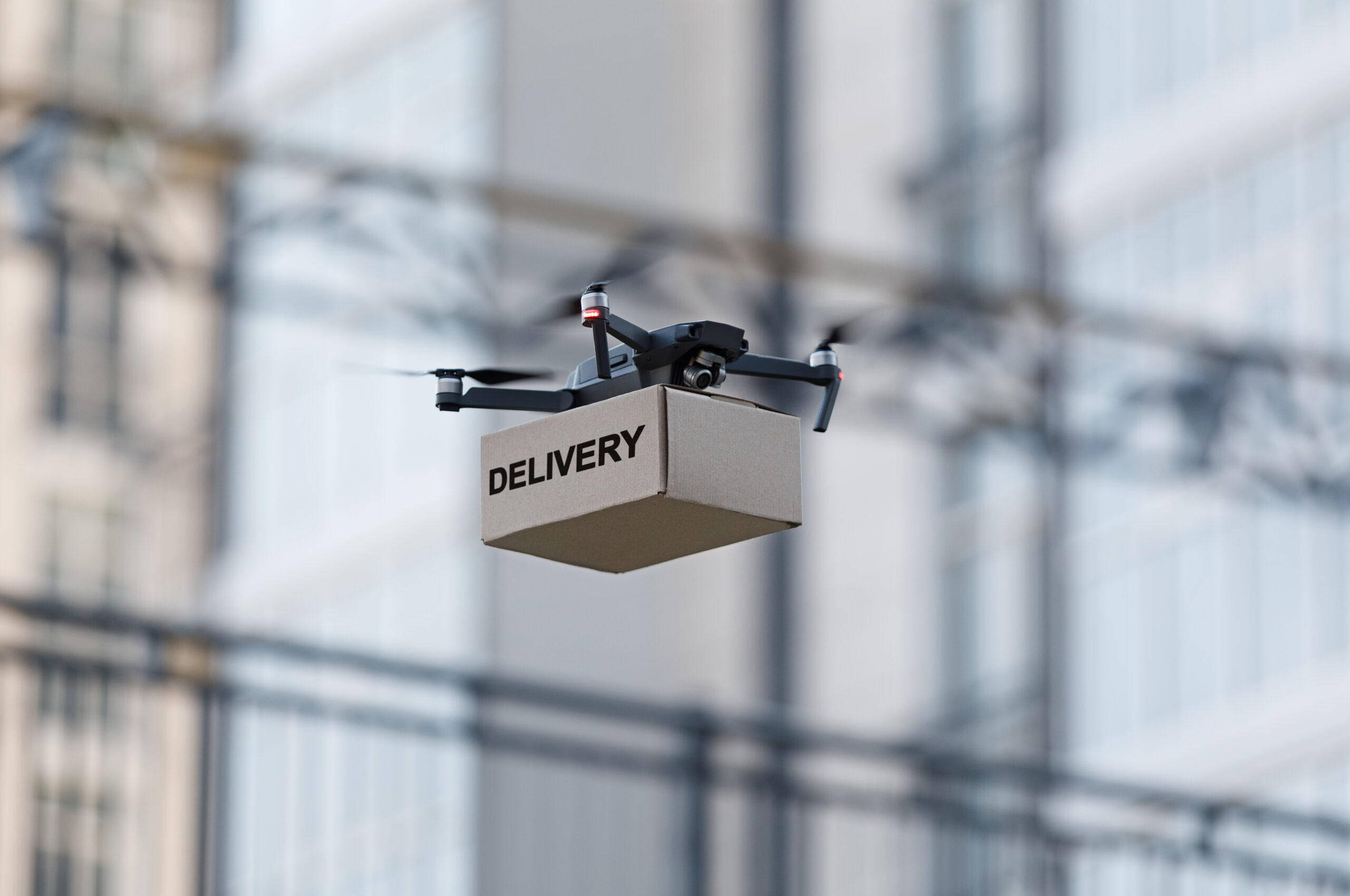Proof of Delivery (also known as POD) shows that an item has been delivered. BusinessDictionary.com has defined Proof of Delivery as a:
“Receipt signed by a consignee or recipient, confirming delivery of a shipment in good order and condition“
So, what does that mean in practice?
Proof of Delivery gives businesses delivering goods a way to quickly, easily and (perhaps most importantly) conclusively prove that a delivery has been completed and accepted. It is commonly used to:
- Begin the invoicing process
- Solve delivery issues and disputes quickly
- Boost customer satisfaction.
What is the requirement for Proof of Delivery?
Proof of Delivery is a way for businesses to prove whether goods have been delivered to a customer as expected.
This proof usually includes a signature collected by the driver and often combines other elements including photos, GPS location (geolocation) data, timestamps, and notes (which are all elements available with Stream’s Proof of Delivery (ePOD) feature).
Proof of Delivery gives businesses, drivers, and customers an easy way to settle disputes around missed deliveries and other delivery complications, by giving a clear indication of whether or not the delivery has been received (and signed-for) by the customer.
Third party-sellers on online marketplaces are sometimes required to provide Proof of Delivery for the customer in order for their funds to be released after completing a sale. If an item isn’t successfully marked as delivered with verifiable Proof of Delivery included, funds can be withheld, and customers can dispute (sometimes falsely) whether or not the package has been successfully received. It acts as a safety net that helps to protect all of the parties involved.
In the UK, there is no specific legal requirement for Proof of Delivery, though a signature is usually accepted as proof of the satisfactory delivery of goods. Additionally, customers (especially B2B customers) normally expect the capture of proof of delivery as part of the delivery process, particularly if the item is left in a safe place if they are unable to accept the delivery in person.
What is Electronic Proof of Delivery (ePOD)?
It is now viewed as old-fashioned to sign for a parcel with a paper and pen – it is now common practice to sign on glass, typically through a rugged ePOD device or smartphone, rather than ‘on the dotted line’ on a piece of paper.
This is known as Electronic Proof of Delivery (ePOD) or mobile Proof of Delivery.
ePOD is essentially the same as regular Proof of Delivery, with the same requirements for its collection, but with the addition of technology (typically a smartphone or tablet device) and software to make the job more efficient.
The Gov.uk Electronic Signatures and Trust Services Guide makes it clear that there is no legal difference between an electronic signature and a manuscript (or pen-and-paper) signature, and defines an electronic signature as “a way to sign documents in the online world, much like one signs a document with a pen in the offline world“. Electronic signatures can come in a variety of forms, including “an electronic representation of a handwritten signature“, most commonly used for electronic Proof of Delivery.
What information is captured during electronic Proof of Delivery?
Photographs
Drivers can use the device to take photos, both of the address (to prove whether the driver was in the correct location – useful for proving whether drivers who missed deliveries were knocking on the right door), and of the delivered goods in place (which may be particularly useful in the case of installations).
Signatures
Using sign-on-glass technology, drivers are able to take a signature on location as electronic Proof of Delivery using a smartphone. At this point the status of a delivery can be updated.
Geocodes & timestamps
Geocodes capture a set of latitude and longitude geographic coordinates, so you can pinpoint the exact location of the Proof of Delivery on a map. These coordinates can be crossed-referenced with the address to ensure the delivery has been made to a correct and precise location. Timestamps are also captured against the delivery in addition to geographic coordinates, so you know the exact time delivery was made or attempted against these coordinates.
Barcodes & QR codes
The scanning of barcodes or QR codes creates an audit trail that confirms the item has reached different touchpoints. For example, a driver may scan a barcode or QR code to signify that the parcel has been loaded onto the van, and a final scan may be conducted when the parcel has been handed over to the customer at the end touchpoint of the final mile. During the scanning process this is when geocode and timestamp data is captured, so the various locations of the package across the supply chain can be tracked and monitored.
Notes
Unless notes are being jotted down on antiquated spreadsheet or paper Proof of Delivery, some ePOD applications allow notes to be captured and stored digitally alongside the Proof of Delivery process to add further context to a delivery or collection.
What are the benefits of ePOD?
Using an electronic device (whether that is a consumer smartphone, an enterprise-grade mobile touch computer, or any kind of tablet) is seen as the normal standard for deliveries. Customers now expect modern businesses to operate using ePOD, alongside other technological advances that improve the customer experience, like proactive email and SMS updates and access to a self-service customer gateway.
Industry norms and customer expectations aren’t the only reasons for businesses making deliveries in their own vehicles to move towards an electronic system to collect Proof of Delivery. The benefits of ePOD include:
Reliability
Collecting Proof of Delivery electronically is more reliable than collecting Proof of Delivery on paper. Records that are collected on a device are securely stored in a cloud-based system as soon as the device is connected to a network, so there is little-to-no chance of Proof of Delivery becoming lost or damaged between collection and storage
Immediacy
Both back office staff, and customers, can have immediate access to the Proof of Delivery when it is captured and recorded electronically. This makes it faster to begin the invoicing process and improve cash flow. It also makes it easier to tackle issues head-on, as soon as they occur, and to quickly find historical records with a search too.
Facilitates data-driven decision making
Through capturing data at every touchpoint as a product moves across the supply chain, it builds a pool of rich data that can be used to make data-driven decisions. Businesses can leverage this captured data to find inefficiencies or bottlenecks in their operation, develop new delivery strategies, adjust delivery windows, and improve overall success rates. Culminating in a more efficient operation centred around visibility and reliability.
Helps businesses to avoid false claims
The clue is in the name – ‘proof’ – providing indisputable evidence that the package has been delivered or left in a specific location. This can help businesses to combat false claims by customers stating that the parcel was delivered to the wrong address, for example.
Reduce paperwork
By ditching antiquated paper-based Proof of Delivery forms, businesses can cut down on paperwork, reducing the likelihood of them being lost, as well as their carbon footprint in the process.
Stream includes an inbuilt ePOD (electronic Proof of Delivery) feature. It is easy to capture electronic Proof of Delivery and collection, electronically recording signatures, photographs, and notes stamped with the time, date, and location for successful deliveries and collections, as well as recording missed deliveries, and deliveries with issues.
Customers and back-office staff receive the notifications they need in real-time, and records are securely stored in the cloud. Schedule your demo today, to learn more about Stream’s electronic Proof of Delivery.
Frequently Asked Questions
Proof of Delivery (also known as POD) shows that an item has been delivered. It gives businesses delivering goods a way to quickly, easily and conclusively show customers that the delivery has been made and accepted, and is used to begin the invoicing process, as well as solve delivery issues and disputes.
There are numerous benefits to using electronic Proof of Delivery, including: boosting delivery reliability and customer satisfaction, eliminating paperwork, and combatting lost or stolen parcels.






